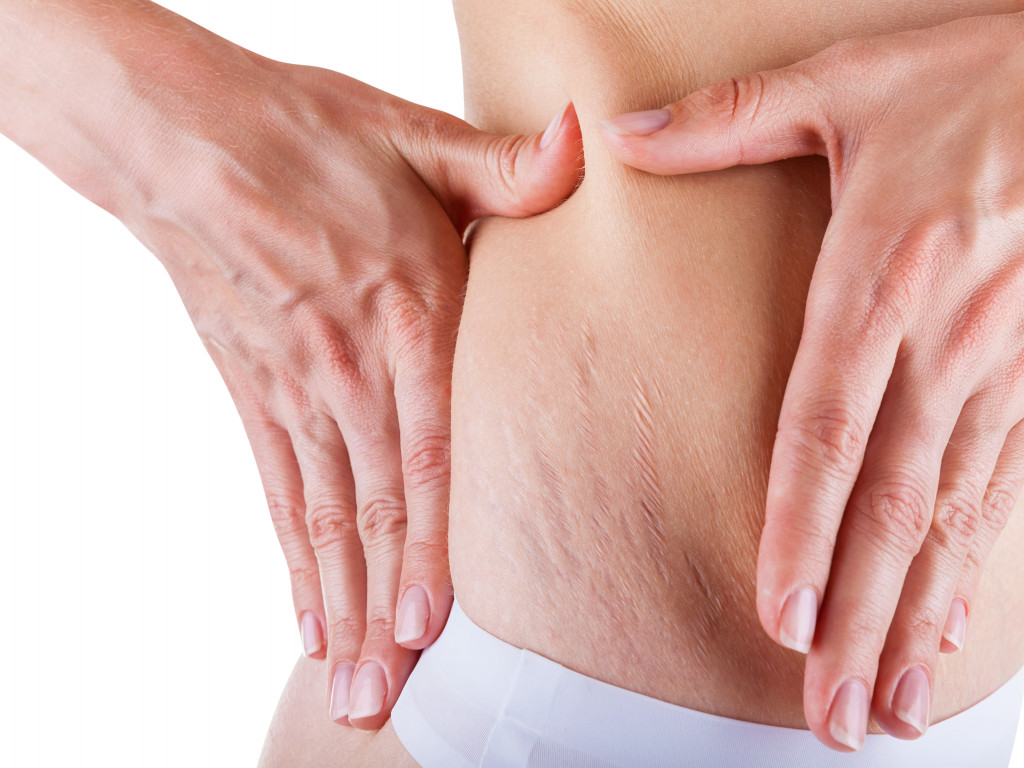When it comes to treating scars, there is no one-size-fits-all solution. The best way to treat it will vary depending on the individual and the type of scarring.
However, many new treatments are effective (or potentially practical) for many different types of scars.
How Do Scars Form?
Before exploring innovative treatments to treat scars, let’s talk about how they form. Scars are a natural outcome of the skin’s healing process. When you injure yourself, the first critical step is minimizing or avoiding blood loss, such as bandaging it. Otherwise, excessive bleeding can result in multiple-organ failure, shock, and death.
Then, the different phases of wound healing begin:
- Inflammatory: This phase occurs immediately after an injury as the body’s white blood cells rush to the wound site to clean up the mess and start the healing process. First, the blood vessels contract to further reduce the bleeding, and clotting begins to “seal” the opening. Then the same vessels open to allow the body’s natural defense to reach the affected area. The wound may be hot to touch, red, or inflamed at this stage. In some cases, it may develop pus, a natural by-product when some white blood cells die while fighting potential infection causes.
- Proliferative: This is when new tissue starts to grow in the wound. The tissue will contain a mixture of collagen, a structural protein, and scar-forming cells called fibroblasts. The body produces large quantities of protein to help rebuild the damaged tissue. You will know that the wound is in this stage when it is no longer hot and red. Instead, it appears pink.
- Maturation: The last stage of wound healing involves the conversion of type III collagen, which is associated with platelets and blood clotting, to type I. It is the most abundant collagen type and helps provide structure to the connective tissues.
Scars usually form when there is overproduction of collagen and the scar-forming cells, which can abnormally stimulate collagen growth or deposit extra protein within the affected area. Healing scars often lack the all-important blood vessels that generally supply nutrients to new tissue.
These abnormal scars don’t get enough oxygen and other necessary nutrients from the bloodstream. As a result, hypoxia (a condition caused by a lack of oxygen) can develop, killing some of the scar cells. This produces the characteristic rough or pitted texture associated with some scars.
So What Can You Do About It?
In general, scars are not life-threatening. But if they are huge, they can impact self-confidence and even daily function. In this case, you can opt to remove them.
One of the successful ways to get rid of them is using a commercial laser scar removal machine. The laser works by vaporizing the scar tissue and stimulating the production of new healthy tissue.
Another option is surgery. If the scar is raised above the surrounding skin or restricts movement, it may be necessary. The surgeon will cut out the scar and close the wound with stitches or a skin graft.
Other growing kinds of scar treatment options are:
- Botox: This toxin produced by the bacterium Clostridium botulinum and has been used for decades to relax muscles and treat certain conditions like migraines. Now, it’s also being injected into scars to decrease their appearance.
- Fillers: These are substances injected under the skin to fill scar tissue so that it will look more like the surrounding tissue.
- Silicone: This is a popular over-the-counter treatment for scars. Silicone sheets, gels, or ointments are rubbed into the skin to help flatten and soften the scar.
- Hyaluronic acid: This is another popular filler used in treatments like laser resurfacing, dermabrasion, and chemical peels.
- Platelet-Rich Plasma (PRP) Therapy: This treatment involves taking a small amount of blood from the patient and then spinning it in a particular machine to separate platelets, which contain growth factors that can help stimulate cellular regeneration. The concentrated plasma is then injected into the scar to encourage healing.
New studies also suggest possible methods of scar treatment. In 2021, the researchers of Virginia Tech discovered that a molecule, alphaCT1, could improve the appearance of surgical scars compared to control scars.
Based on their clinical trial, the team learned that untreated scars with the substance featured a collagen matrix similar to the unwounded skin, making these scars more pliable.
Although they experimented in a controlled setting and on animals, the researchers believed this finding could enhance patient outcomes after surgery.
In 2020, the Oxford University Press published a study in Burns & Trauma that outlined potential scar-prevention therapies. These include anti-angiogenesis therapy, which controls the formation of new blood vessels, as well as stem cell therapy.
Meanwhile, about three years earlier, the University of Pennsylvania School of Medicine successfully manipulated wounds to heal with regenerated instead of scarred tissue. They achieved this by changing the most common cell type on a scar called myofibroblasts into fat cells.
Also called adipocytes, fat cells are abundant in the body. But they are not present on scarred tissue, making these scars more visible and prominent. Meanwhile, the scientists initially believed that myofibroblasts couldn’t turn into other cells. But their experiment proved otherwise.
There are many options for those who want to improve their scars. If you’re already struggling with them, it’s best to consult your doctor first before trying other options. By doing so, you can be sure that you’re using the suitable method to treat them and avoid possible skin damage or injuries.

